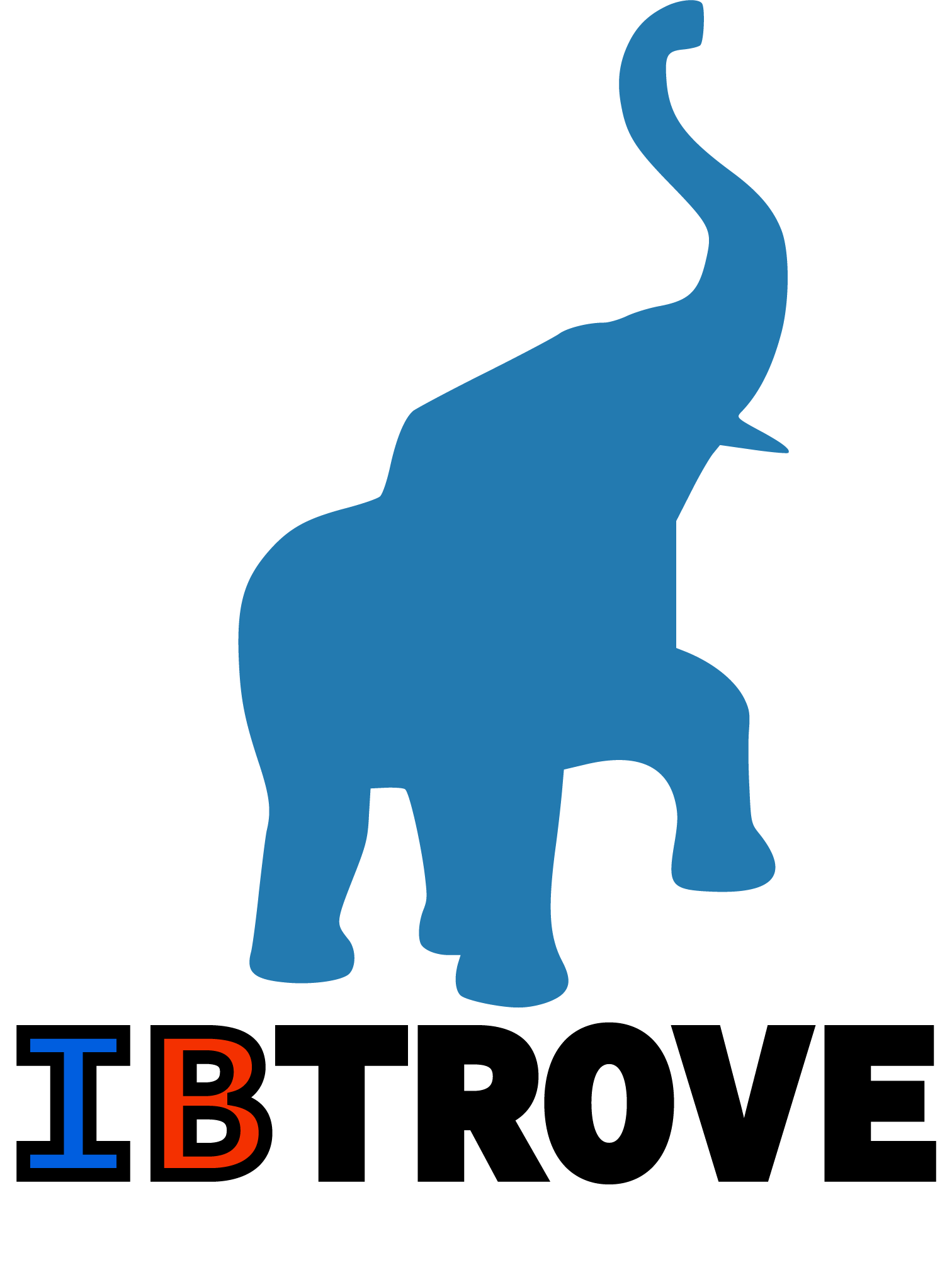The goal for students is to be able to articulate comprehensive self-appraisals of their reading and cue themselves to engage in thinking at all six cognitive levels. As such, the Self-Questioning Taxonomy is an instructional practice that provides a vehicle for combining two critical facets of comprehension: self-questioning and deeper questioning of complex texts.
The taxonomy can be posted in the classroom or even provided to students as personal bookmarks, as well as integrated into partner and whole-class discussions of written texts. Students need to develop as a habit of mind the asking of questions that plumb the sophistication of complex disciplinary texts.
- Questions need to be modeled through teacher think-alouds in conjunction with complex texts. Students become more accomplished with what is modeled and expected.
- Questions need to be the undercurrent of classroom questioning practices and need to surface constantly in class conversations and discussions of written texts.
- Questions need to permeate classroom written tasks, such as worksheets and study guides
- Questions need to guide the assessment of student understanding of content concepts and topics.
- Not every question needs to be asked about every text; some questions will receive priority depending on the topic of study and the nature of the text. However, students should be cognizant of asking questions at all six levels about texts that they are endeavoring to comprehend.
Classroom Example
Learn more.
Are you ready to learn more about your IB subject? Check out our catalog of MYP, DP, and CP teacher toolkits or check out our ATL/ATT teacher toolkit or SEL toolkit!
Write your awesome label here.
